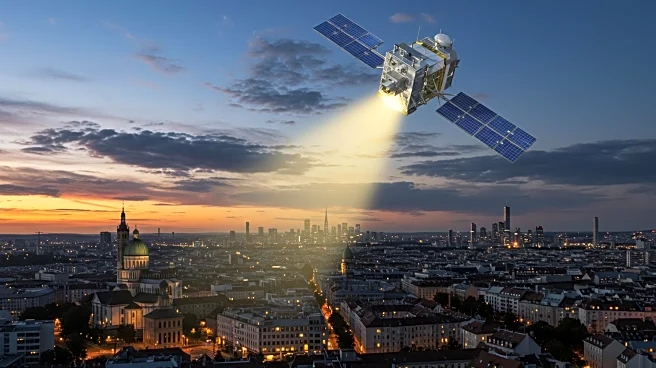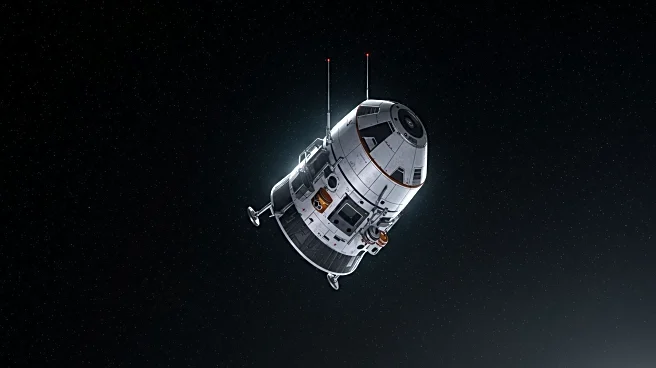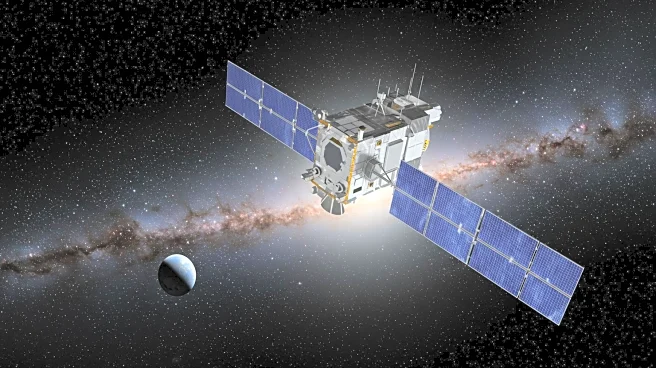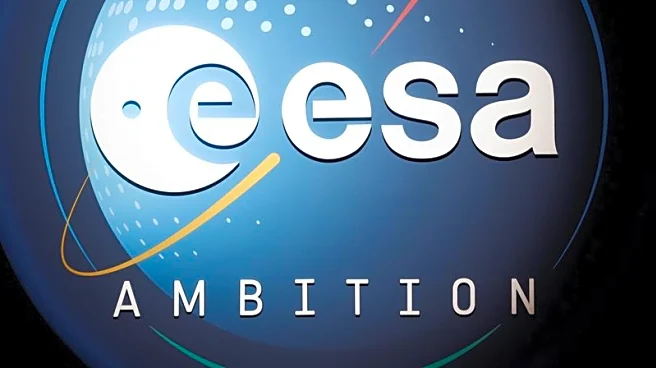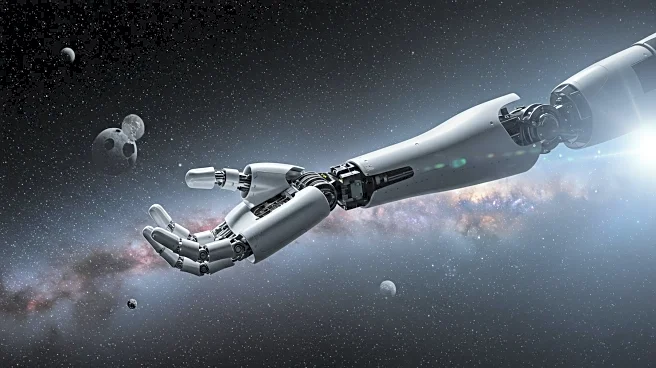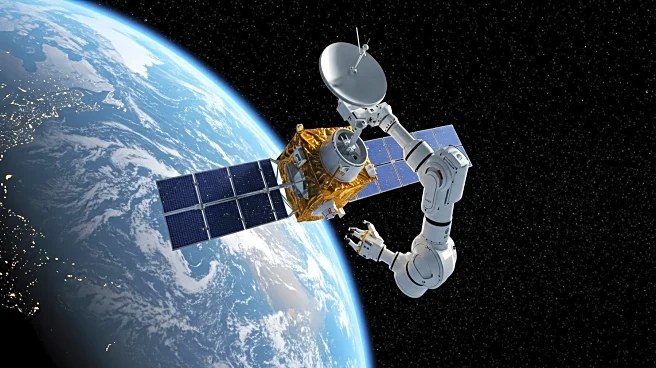What's Happening?
A study by researchers from King's College London and Xi'an Jiaotong University suggests that space-based solar power could significantly contribute to the European Union's goal of achieving net-zero greenhouse gas emissions by 2050. The study explores two NASA designs for space-based solar power systems: a heliosat swarm and a mature planar array. These systems would collect solar energy in space and beam it to Earth via microwaves, offering a more consistent energy supply compared to terrestrial renewables. The researchers found that space-based solar power could potentially account for 80% of Europe's renewable energy needs by the EU's deadline, with cost estimates suggesting it could be cheaper than ground-based systems due to reduced battery usage.
Why It's Important?
The potential of space-based solar power to provide a stable and substantial energy supply could revolutionize the renewable energy landscape, reducing reliance on fossil fuels and helping Europe meet its climate goals. The study highlights the economic viability of such systems, assuming continued reductions in launch costs and advancements in solar technology. This approach could also alleviate some of the challenges associated with terrestrial renewables, such as weather dependency and inconsistent energy collection rates. However, the feasibility of implementing these systems depends on overcoming technical and economic hurdles, including the management of orbital debris and the development of efficient power beaming technology.
Beyond the Headlines
The concept of space-based solar power raises questions about the long-term sustainability and environmental impact of increased space activity. The accumulation of orbital debris poses a significant risk to the deployment and maintenance of such systems. Additionally, the geopolitical implications of space-based energy infrastructure could influence international relations and energy security. As the technology progresses, ethical considerations regarding space usage and the potential for monopolization of space resources by a few entities will need to be addressed.


